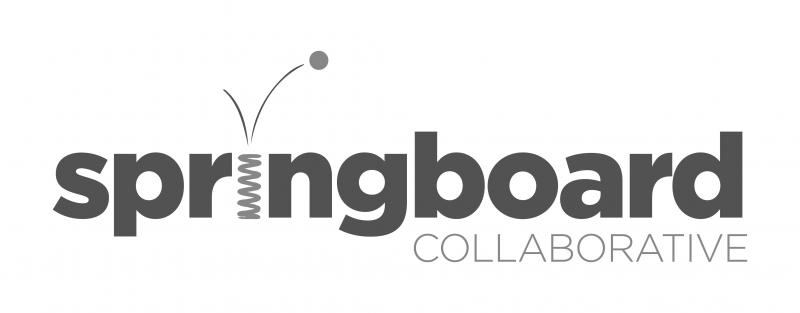Youth Development: OST, Mentoring, & Education Equity
15 of 22

Springboard Summer Quantitative Assessment
Funder: Springboard Collaborative
Project Time Period: 2019-2020
Project Category: Youth Development/Education & STEAM/Literacy/Quantitative Assessment
About Springboard Summer: Springboard Collaborative (Springboard) aims to close the literacy gap by reinforcing the connection between home and school. Springboard coaches teachers and family members to help their children cultivate reading habits through in-person programming and technology. Springboard Summer is an intensive 5-week summer program that combines daily reading instruction geared towards rising kindergarten through third-grade students they refer to as “scholars,” weekly workshops training parents to teach reading at home, a rigorous coaching cycle for teachers, and an incentive structure that awards learning tools to families in proportion to scholar reading gains. The purpose of Springboard Summer is to reverse summer (reading) slide by fourth grade while helping schools build internal capacity in four ways:
-
To develop children as readers by increasing high-quality instruction at home and school in order to help students reach ambitious reading goals.
-
To develop parents as teachers by training them to be effective one-on-one reading coaches at home.
-
To develop teachers as instructors through training, Professional Learning Communities, and coaching on data-driven instruction and family engagement.
-
To develop schools’ leadership pipelines by guiding Site Leaders through a management training program.
The Work: MAI was commissioned by Springboard to conduct a quantitative assessment of Springboard Summer to assess the effect of this program on student reading outcomes. Springboard has demonstrated internally that the average Springboard Summer student improves in reading during the program through examinations of program-administered reading assessments. Several partner school districts have compared Springboard scholars to their non-participating counterparts and found that, on average, Springboard scholars grow faster in reading than their peers. This promising evidence prompted Springboard to seek an external evaluation, with a focus on comparing Springboard Summer scholars to their non-participating counterparts. Building on Springboard’s prior internal evaluations, this external evaluation is the next step on the path to validating Springboard’s offerings and to ensuring their summer program advances their mission to close the reading achievement gap. This evaluation is a valuable opportunity to learn about Springboard Summer student outcomes by examining district-administered reading assessment data (rather than internal program-administered reading assessment data) with select districts (those implementing Springboard Summer with efficacy). Additionally, it uses a rigorous methodology - propensity score matching, which controls for differences between students who get Springboard Summer versus those who do not. For these reasons, this study is an important extension of prior work. It serves as an external test of the Springboard Summer model, specifically focusing on districts where the program is implemented as intended, reducing the chance of findings being a result of poor implementation.
This study’s main research objectives are to determine:
-
How participation in Springboard Summer is associated with reading growth.
-
How Springboard Summer scholars’ reading achievement compares to that of non-participating students.
What We Learned: Across all grades, scholars who participated in Springboard Summer showed improvement on their reading assessment score between the end of the school year before Springboard Summer to the start of the following school year, with the largest gains seen for scholars who were behind grade level. In addition, this evaluation found that Springboard Summer scholars show larger improvements in reading scores when compared to similar students who did not participate in the program.
